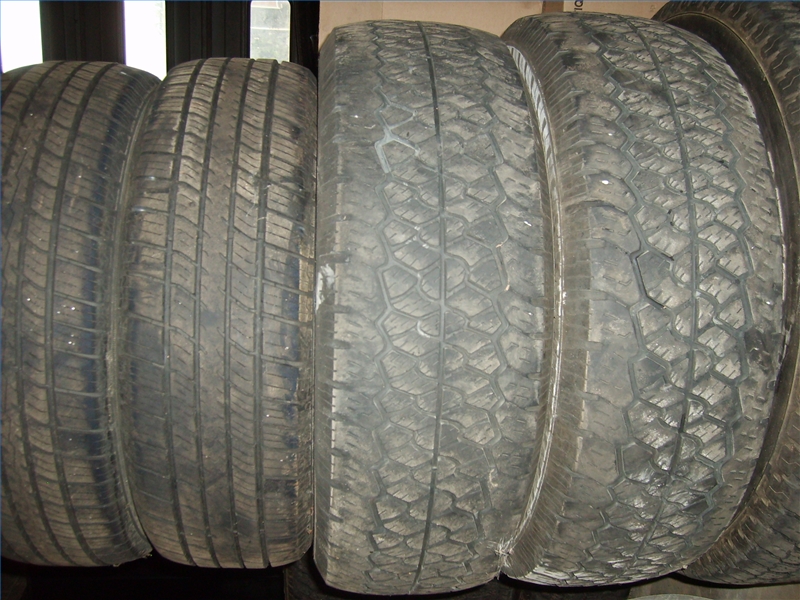
Your tires are the only thing between your car and the highway. Making sure they're safe can make the difference between a trip spent as planned and lost time on the back of a tow truck. Look for these tire conditions before you depart on your next road trip.
Inspect the sidewall. Are there lumps, bulges or gouges visible? Remember a tire has two sides. While the issue of "dry rot" remains controversial, check for any cracks, especially by the tire rim. You might be in a gray area and be in need of professional advice, especially if you do not know the age of the tire. Tire "dry rot" is said to be a function of age.

Check the remaining tread. The Rubber Manufacturers Association says that tires must be replaced when the tread depth is worn down to1/16 of an inch. You can measure the remaining tread with a tire tread depth gauge, or you can place a penny in the tread groove. If you can see all of Abe's head, the tire should be replaced. Tire manufacturers provide wear bars showing the point at which tires need replacement.

Tires cannot sustain being run flat. Whenever a tire is run with no air pressure or with low air pressure for an extended time, it can become unsafe. Regular monitoring of tire pressures will prevent this costly and dangerous condition.
Look for previous repairs. Beware of sidewall injury repairs. No two repairs can be closer than 2 inches apart, and no puncture over 1/4 inch in diameter should be repaired.
Judge a tire at its point of maximum wear. Inflation and worn front end and steering parts can cause a tire to wear extremely unevenly. Be sure to check the tread all the way across the tire and evaluate the tread at its least depth.